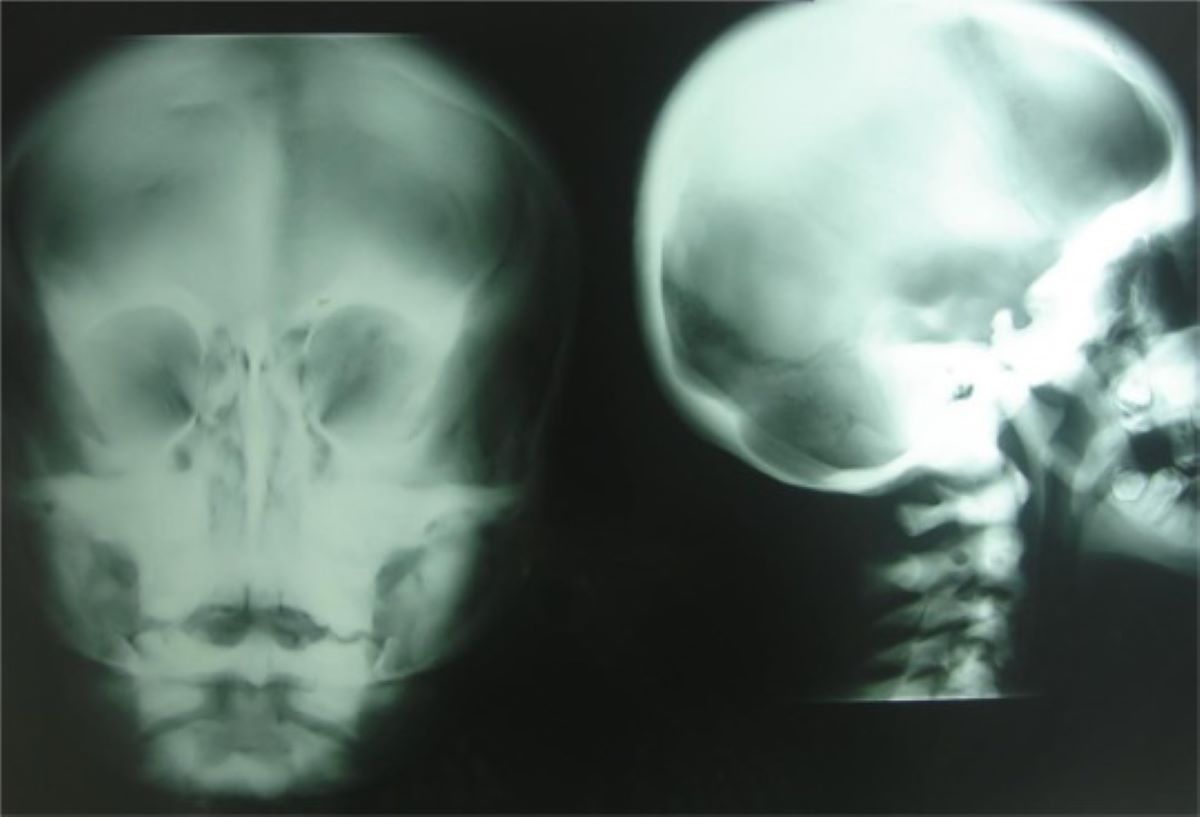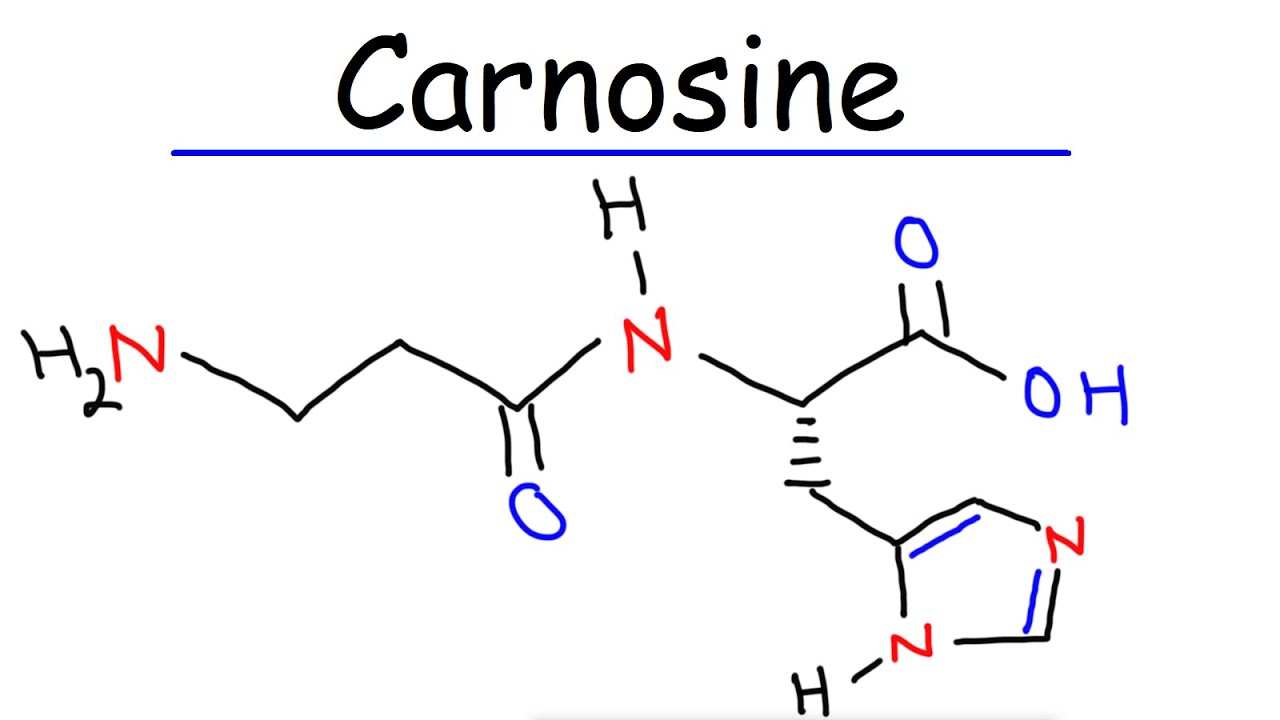
What is Carbonic Anhydrase II Deficiency? Carbonic Anhydrase II Deficiency is a rare genetic disorder caused by mutations in the CA2 gene. This condition affects the enzyme carbonic anhydrase II, which is crucial for maintaining the body's acid-base balance. People with this deficiency often experience a range of severe symptoms, including renal tubular acidosis, osteopetrosis (abnormally dense bones), recurrent bone fractures, growth failure, and mental retardation. The disorder is inherited in an autosomal recessive manner, meaning both parents must carry a defective gene. While there is no specific cure, understanding the condition can help manage symptoms and improve quality of life.
Key Takeaways:
- Carbonic anhydrase II deficiency is a rare genetic disorder affecting the kidneys, bones, and brain, leading to symptoms like recurrent bone fractures and mental retardation.
- Genetic testing can confirm the diagnosis of CAII deficiency, and ongoing research aims to improve understanding and management of the disorder.
What is Carbonic Anhydrase II Deficiency?
Carbonic anhydrase II deficiency is a rare genetic disorder that affects multiple systems in the body. It stems from mutations in the CA2 gene, which encodes the enzyme carbonic anhydrase II. This enzyme is crucial for maintaining the body's acid-base balance, particularly in the kidneys, bones, and brain.
-
Carbonic anhydrase II deficiency is an autosomal recessive disorder. This means an individual must inherit two defective copies of the CA2 gene, one from each parent, to develop the condition.
-
The disorder is characterized by renal tubular acidosis, osteopetrosis, and cerebral calcification. These symptoms can lead to a range of complications, including recurrent bone fractures, growth failure, and mental retardation.
Key Features of Carbonic Anhydrase II Deficiency
Understanding the clinical features of this disorder can help in early diagnosis and management. Here are some of the primary symptoms and complications associated with carbonic anhydrase II deficiency.
-
Renal tubular acidosis (RTA) is a key feature. This condition leads to an inability to properly acidify the urine, resulting in metabolic acidosis and complications like hypokalemia and nephrocalcinosis.
-
Osteopetrosis, also known as marble bone disease, is another hallmark. This condition causes bones to become denser and harder, making them more susceptible to fractures, although they heal normally.
-
Cerebral calcification is common. This can lead to neurological symptoms and complications, often referred to as "marble brain disease."
-
Mental retardation affects over 90% of reported cases. This is often associated with growth failure and developmental delays.
-
Growth failure is a frequent issue. Children with CAII deficiency often experience stunted growth due to metabolic disturbances and complications.
-
Dental malocclusion is another common feature. This results from the abnormal bone density and structure caused by osteopetrosis.
Complications and Symptoms
The disorder can lead to a variety of complications, affecting different parts of the body. Here are some of the notable symptoms and issues that arise from carbonic anhydrase II deficiency.
-
Recurrent bone fractures are a significant concern. Despite increased bone density, the bones are more prone to breaking, though they heal normally.
-
Cranial nerve compression can occur. Dense bones in osteopetrosis can compress cranial nerves, leading to symptoms like hearing loss, vision problems, and facial weakness.
-
Unlike other forms of osteopetrosis, CAII deficiency does not typically cause anemia. Other hematologic manifestations are also uncommon.
-
The renal tubular acidosis is usually mixed. It involves both a distal and a proximal component, evident from the inability to acidify urine and a lowered transport maximum for bicarbonate.
-
Metabolic acidosis is a recognized complication. Impaired respiratory compensation for metabolic acidosis highlights the need for comprehensive management.
Diagnosis and Genetic Mutations
Diagnosing carbonic anhydrase II deficiency involves genetic testing and identifying specific mutations in the CA2 gene. Here are some key points about the diagnosis and genetic aspects of the disorder.
-
Diagnosis can be confirmed through genetic testing. This identifies mutations in the CA2 gene, and heterozygous carriers can also be detected using simple tests.
-
Structural gene mutations have been identified in every patient analyzed genetically. The most prevalent mutations include a splice junction mutation at the 5' end of exon 2 and a frameshift mutation in exon 7.
-
The disorder is more common in populations with high rates of parental consanguinity. This includes regions like Saudi Arabia and North Africa, where the "Arabic mutation" is particularly prevalent.
Treatment and Management
While there is no specific cure for carbonic anhydrase II deficiency, various management strategies can help alleviate symptoms and prevent complications.
-
There is no specific treatment available for CAII deficiency. Management focuses on alleviating symptoms and preventing complications.
-
Treatment of metabolic acidosis can improve symptoms. However, the condition remains challenging to manage.
Research and Future Directions
Ongoing research aims to better understand the molecular mechanisms underlying CAII deficiency and to develop more effective management strategies.
-
Animal models, such as CAII-deficient mice, have been used to study the disorder. These models demonstrate symptoms consistent with type III renal tubular acidosis.
-
Advances in genetic testing and prenatal diagnosis have improved the ability to identify and manage the disorder. Ongoing research continues to seek better treatments and understanding of the condition.
Understanding Carbonic Anhydrase II Deficiency
Carbonic anhydrase II deficiency is a rare, autosomal recessive disorder with significant clinical implications. It affects the kidneys, bones, and brain, leading to symptoms like renal tubular acidosis, osteopetrosis, and mental retardation. The condition stems from mutations in the CA2 gene, which disrupts the enzyme's role in maintaining acid-base balance. Diagnosis often involves genetic testing, and while there's no specific cure, symptom management is crucial. Treatments focus on alleviating metabolic acidosis and preventing complications. Research continues to explore better management strategies and potential treatments. Understanding the genetic basis and clinical features of this disorder helps in providing comprehensive care to those affected. Further studies aim to improve outcomes and offer hope for more effective interventions in the future.
Frequently Asked Questions
Was this page helpful?
Our commitment to delivering trustworthy and engaging content is at the heart of what we do. Each fact on our site is contributed by real users like you, bringing a wealth of diverse insights and information. To ensure the highest standards of accuracy and reliability, our dedicated editors meticulously review each submission. This process guarantees that the facts we share are not only fascinating but also credible. Trust in our commitment to quality and authenticity as you explore and learn with us.


